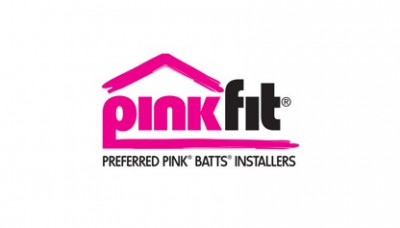
Hit enter to search or ESC to close
Building Code Requirements
And Beyond
New Zealand Insulation Standards
- NZS 4218:2009 Energy efficiency – Housing & small buildings. Provides three ways of determining R values
- The Schedule method is based on climate zones
- The Calculation method
- The Modelling method uses a computer model to calculate the R-values
- NZD 4214:2006 Methods of determining the total thermal resistance of parts of the building. Provides R-values for some materials and to determine R-values
- AS/NZS 4859.1:2018 Thermal insulation materials for building. Provides methods of testing to determine the thermal resistance of element
- NZS 4246:2016 Energy efficiency. Provides guidance on methods of installing bulk insulation in residential buildings
- SNZ PAS 4244:2003 Insulation of lightweight-framed and solid timber houses. Provides guidance on the insulation options for windows
Insulation R-value v/s Construction R-value
Insulation R-value: Insulation requirements are expressed as R-value and the higher the R-value the better the insulation provided. Pink® Batts® Ultra® insulation has higher R-values than Pink® Batts® Classic insulation.
Construction R-value: Consider thermal bridging, cladding and other factors; and R-value of the insulation itself is not the same as the final construction R-value.
NZ Building Code for new build homes
Overall construction R-value and Pink® Batts® suggested product R-values to meet these levels are different (What's the difference). The building code applies to the overall construction R-value. Your architect or specifier will specify the product R-value required for new homes.
In August 2007 new Building Code amendments and compliance documents were published and the changes were introduced to the country gradually. By October 2008, all new homes and major extensions across New Zealand were required to meet the new insulation requirements.
It’s important to remember these requirements are the minimum of what’s required. If you really want to improve your homes warmth and comfort consider installing higher grade insulation where you can. Aiming for more insulation at the build stage is much easier and cheaper than trying to go back and add it later.
Building Consent Requirements- New Build
- Comply with: NZBC H1 (Energy efficiency), B2 (Durability), E3 (Internal moisture), F2 (Hazardous building material)
- Almost all new building work requires a building consent, which includes the installation of insulation to external walls
NZ Building Code for older homes
Current NZBC does not apply when simply retrofitting insulation to older homes, however renovations will probably need to meet current requirements. Check with your local council before retrofitting wall insulation into an existing home as they may also require council consent.
MBIE's guidance for older homes
Building Consent Requirements- Retrofit
- Consent is required for retrofitting insulation in all external walls
- Consent is not required for retrofitting insulation in ceilings, roofs, underfloor spaces or internal walls that are not fire separations
- If existing insulation is removed, must be replaced with insulation of equal or better performance
Insulation requirements- Rental properties
From 1 July 2021 onwards all private rentals need to comply with the Healthy Homes Standards (HHS) within 90 days of any new or renewed tenancies. The graphic shows the minimum Product R-values required for compliance.
A low carbon strategy for New Zealand buildings and homes
Pink® Batts® supports NZGBC in their commitment to improving buildings throughout New Zealand. NZGBC have created rating tools for:
- New build homes: HomeStar®
- National tool for existing homes: HomeFit®
- New offices and workplaces and communities: Green Star
- Existing offices and workplaces: Green Star Performance



